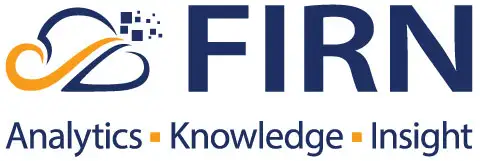Business intelligence solution improves service delivery

Our client is a Primary Health Organisation representing a large, diverse cooperative of healthcare professionals in New Zealand. This includes over 170 general practices, equating to over 800,000 enrolled patients across Auckland. The organisation is committed to improving the health of Aucklanders by delivering world-leading health services through clinical excellence, expertise in business support and high-quality general practice.
The challenge:
We were asked for help with a specific report on Population Health. Generating and maintaining it required the acquisition of data from several sources.
As the data sets grew larger, the tools in use eventually proved inefficient. At times they were causing confusion and obscurity in the data governance arena.
The manual effort required to prepare the data report was high. A re-evaluation determined the need for an upgrade.
Our client required a self-service business intelligence solution. One that could centralise and standardise its reporting system, by accessing the data from multiple sources and preparing the visual reports quickly. It did not have anyone in-house to do the required initial set-up so needed the expertise of an external consultancy to set the systems in place.
The solution:
FIRN provided expertise, along with the right software and licensing options. The client selected Tableau as the tool of choice to centralise the visualisation reports from multiple data sources.
A FIRN Consultant performed a data clean up, implemented the system report automation, and created dashboards and templates to ensure visual representation of best practices for future reports.
The whole development process was completed in two stages. The initial setup took three months, with the transition from multiple data sources to a singular Tableau data source taking place a year later.
The result:
1. The dashboard templates created for the Population Health report increased the company’s efficiency as data preparation and report generation time reduced significantly.
The improved report visualisations allow for precise insights to be extracted from the report, clearly identifying improvements to healthcare delivery.
2. A pivotal Tableau feature for this project was performance tracking. It set in place key performance indicators throughout the group for best practice standards, ensuring uniformity across all reports.
3. The use of the centralised dashboard and automated reporting processes resulted in quicker standardised reports.
The overall result was more accurate automated data visualisations. These provide our client with greater visibility and transparency into its data, allowing staff to develop additional insights to further improve the quality of healthcare delivery.
Read more
For more information about Tableau’s features and how it can benefit your organisation, get in touch with us.
